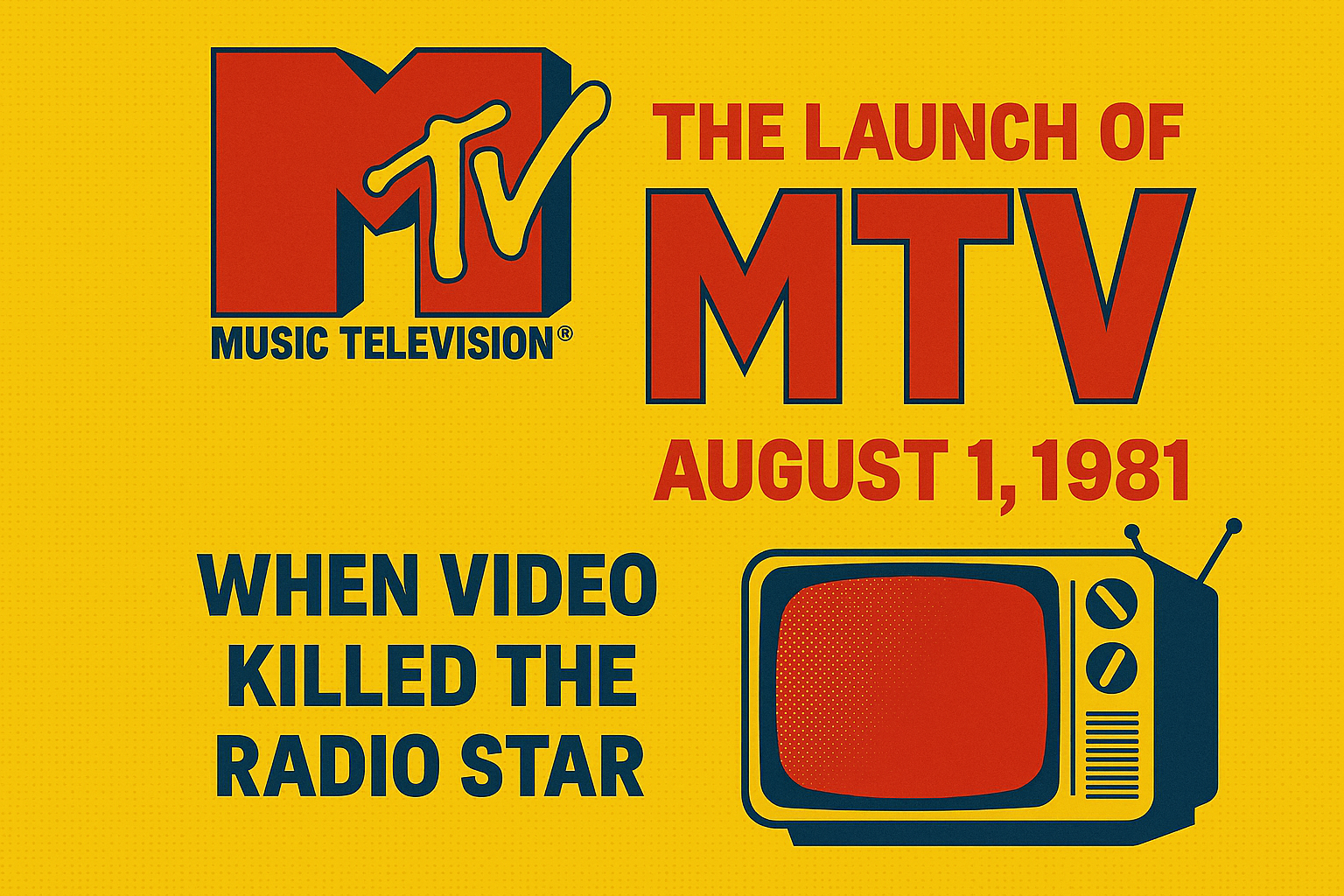August 1, 1981: The Day the Music Got a Makeover
It’s just after midnight. You’re flipping channels on your wood-paneled Zenith console TV when—boom—a countdown hits zero. A grainy space shuttle launch fills the screen, and a distorted voice declares:
“Ladies and gentlemen, rock and roll.”
With that, MTV (Music Television) was born. The very first video? “Video Killed the Radio Star” by The Buggles. Not just a catchy synthpop tune, but an eerily prophetic anthem that set the tone for the revolution to come.
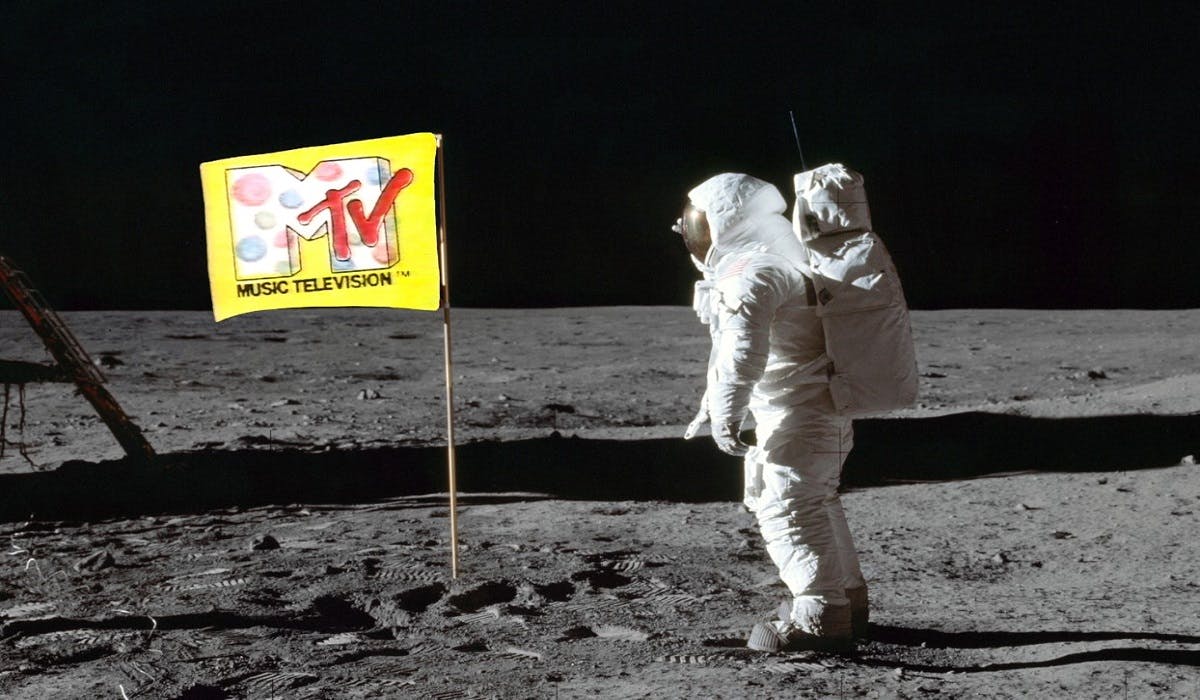
For Gen Xers—especially those lucky enough to live in northern New Jersey where the channel first aired—it wasn’t just TV. It was a cultural flashbang. The start of something electric, chaotic, and unapologetically cool.
MTV’s Frankenstein Origins: A Crazy Idea That Worked
The concept was wildly experimental: a 24-hour cable channel that only played music videos, hosted by youthful “VJs” (video jockeys). No sitcoms. No newscasts. Just videos. All day. Every day.
It came from Warner-Amex Satellite Entertainment Company (WASEC), and was greenlit by media visionary Bob Pittman, who had already turned the “Popeye” cartoon into a ratings hit and sensed TV was ready for a youthquake.
- The idea was risky: music videos were niche and cable TV penetration in 1981 was still relatively low (less than 20% of U.S. households).
- Budget: MTV launched on a shoestring budget of about $500,000, relying on videos that record companies sent for free as promotional tools.
- Location: MTV’s first control room was located in Fort Lee, New Jersey, a humble beginning for a cultural juggernaut.
The First Videos Ever Played on MTV
Let’s take a quick flashback to the first 10 videos MTV ever aired:
- “Video Killed the Radio Star” – The Buggles
- “You Better Run” – Pat Benatar
- “She Won’t Dance With Me” – Rod Stewart
- “You Better You Bet” – The Who
- “Little Suzi’s on the Up” – Ph.D.
- “We Don’t Talk Anymore” – Cliff Richard
- “Brass in Pocket” – The Pretenders
- “Time Heals” – Todd Rundgren
- “Take It on the Run” – REO Speedwagon
- “Rockin’ the Paradise” – Styx
Eclectic? Yes. Game-changing? Absolutely
The First Rotation: 250 Videos. That’s It.
Yep, you read that right.
When MTV launched, its entire video library consisted of only approximately 250 music videos. That limited library meant early viewers saw the same videos—sometimes multiple times a day.
Among them:
- The Buggles – “Video Killed the Radio Star”
- Pat Benatar – “You Better Run”
- Rod Stewart – “She Won’t Dance With Me”
- The Who – “You Better You Bet”
- The Pretenders – “Brass in Pocket”
- REO Speedwagon – “Take It on the Run”
- Styx – “Rockin’ the Paradise”
Videos were on rotation like a radio station, scheduled manually, and sometimes played out of order or had technical glitches. But nobody cared—this was a first.
Where Could You Watch It?
Not many places, actually.
- At launch, MTV was only available to homes with Service Electric Cable in northern New Jersey—roughly 25,000 to 30,000 subscribers.
- It would take over a year before MTV gained national carriage on bigger cable networks.
MTV’s creators knew this was a problem. So they launched the now-famous “I Want My MTV!” campaign in 1982, featuring rock stars like Mick Jagger, Billy Idol, and Cyndi Lauper literally demanding the channel be carried by local cable companies. The campaign worked.
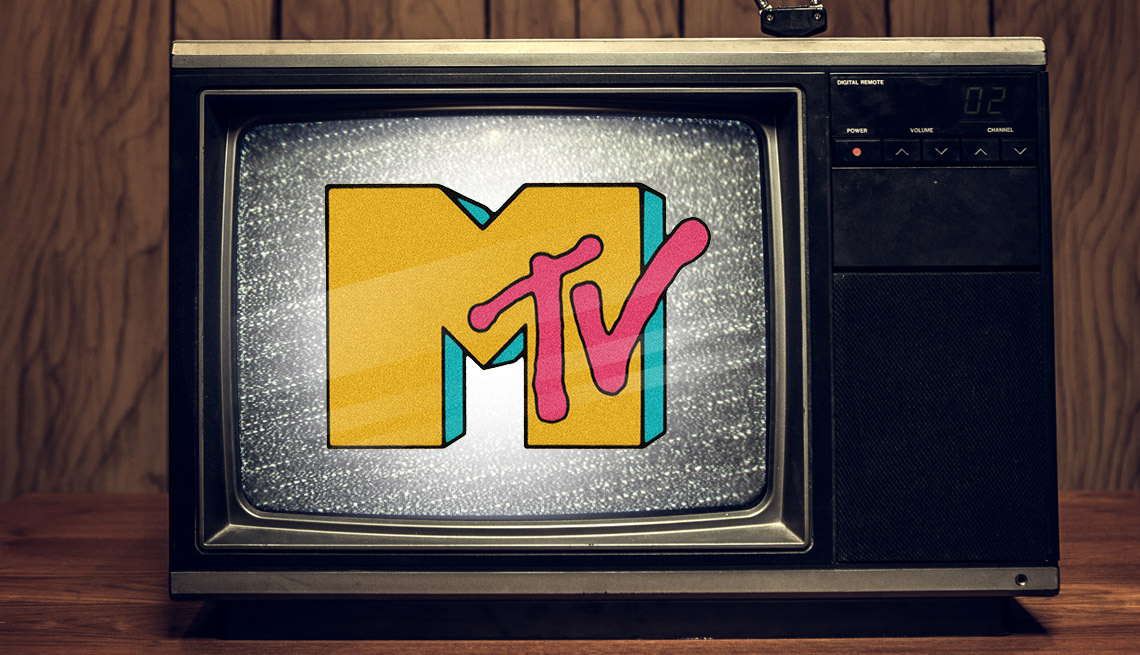
Moon Men, Graffiti, and Glitches: MTV’s First Day Was Far From Polished
The first broadcast wasn’t flawless—it was rock-and-roll raw.
- Videos glitched or played out of sync.
- Promos sometimes repeated multiple times.
- There were occasional black screens between clips.
And yet, that just made it more authentic. MTV looked and felt like the inside of a rebellious teenager’s Walkman—loud, chaotic, and cool as hell.
The now-iconic “Moon Man” planting an MTV flag on the moon was part of that first broadcast, setting the tone for the brand’s quirky, space-age identity.
The First Five VJs: The New Rock Stars
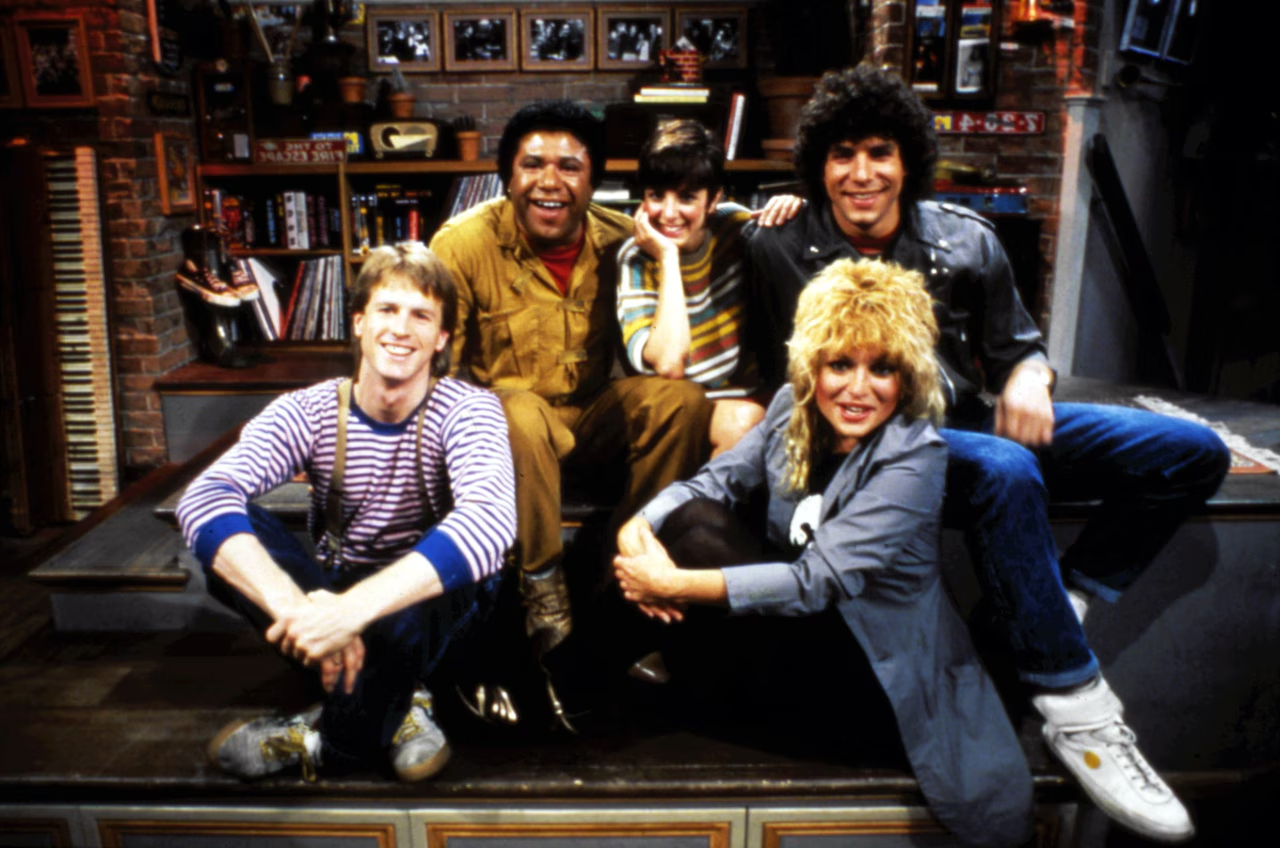
The first MTV “on-air personalities” weren’t polished news anchors—they were Gen X cool personified:
- Martha Quinn – The breakout star, approachable and adorable
- Mark Goodman – Long-haired rocker vibes, straight from WPLJ radio
- Alan Hunter – The preppy everyman
- J.J. Jackson – The experienced radio veteran with real cred
- Nina Blackwood – The smoky-voiced glam goddess
These VJs didn’t just introduce videos. They interviewed artists, shared fan gossip, and helped viewers discover what cool even looked like in the ‘80s.
Early Ratings: Slow Start, Then an Explosion
- MTV’s initial Nielsen ratings were nonexistent, simply because Nielsen didn’t track cable-only channels in those early days.
- However, by 1983, MTV was carried on over 2,000 cable systems and had reached 17 million homes.
- By 1984, thanks to the “I Want My MTV” campaign and video-driven stars like Michael Jackson, Madonna, and Prince, the channel was hitting over 30 million households.
- Advertising revenue jumped from $515,000 in 1981 to over $40 million by 1984.
MTV had officially gone from cable curiosity to cultural phenomenon.
Artists MTV Helped Make Legendary
Some artists became megastars because of MTV:
- Michael Jackson – “Billie Jean” broke the network’s racial barrier
- Madonna – Her mix of visuals, fashion, and attitude were pure MTV fuel
- Duran Duran – “Rio” and “Hungry Like the Wolf” looked like cinematic blockbusters
- A-ha – “Take On Me” became the gold standard for animated/live-action video hybrids
- Cyndi Lauper – “Girls Just Want to Have Fun” was an anthem and a fashion statement
MTV became the gatekeeper of musical success. If your video got airtime, you were in.
Controversy from Day One
MTV didn’t just rock the airwaves—it ruffled feathers.
- Early criticisms targeted its lack of diversity, especially in its first year, when most videos were from white, male, rock artists.
- It wasn’t until Michael Jackson’s “Billie Jean” that MTV began showcasing more Black artists, thanks to pressure from CBS Records’ Walter Yetnikoff, who threatened to pull all CBS music content if MTV didn’t air the video.
- Artists like David Bowie publicly called out MTV’s lack of representation in a 1983 on-air interview, helping drive overdue change.
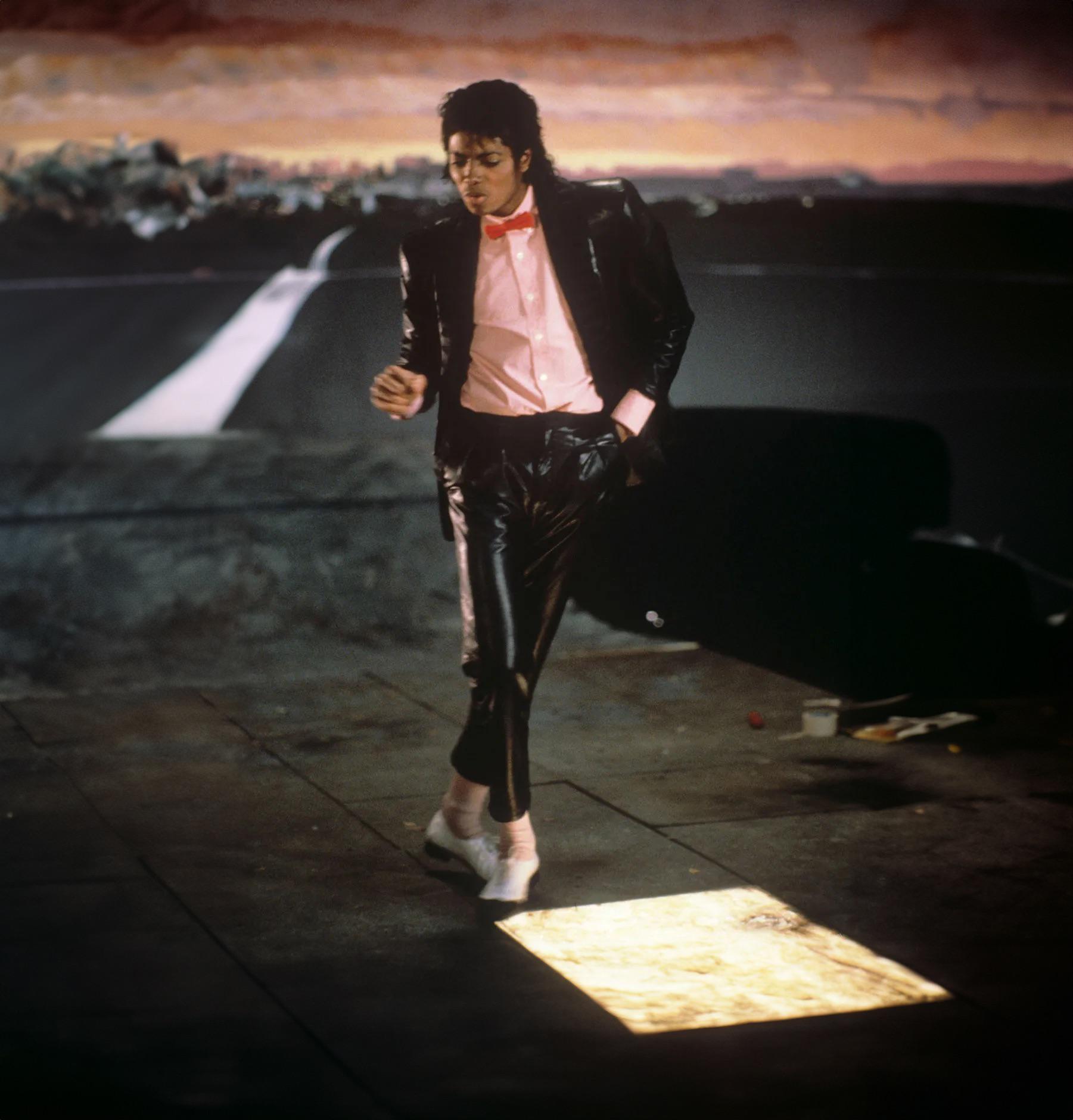
Beyond Music: What MTV Gave Gen X
As the channel grew, it evolved far beyond music videos. It became the epicenter of Gen X pop culture.
MTV gave us:
- Remote Control – A bizarre but beloved game show
- 120 Minutes – Home for alternative and underground acts
- Yo! MTV Raps – One of the first national platforms for hip-hop
- Headbangers Ball – For the long-haired metalheads
- The Real World – The birth of modern reality TV (for better or worse)
It was raw, edgy, and experimental—and we were hooked.
Quick Fire Facts for Gen X Trivia Fans
- MTV originally stood for “Music Television”—until they dropped the full name from the logo in 2010.
- The first MTV Video Music Awards (VMAs) were held in 1984. Madonna rolled around the stage in a wedding dress. History made.
- By 1987, MTV Europe launched, followed by MTV Asia and MTV Latin America.
- In 1991, MTV Unplugged debuted, giving us legendary acoustic sets from Nirvana, Pearl Jam, and Eric Clapton.
- “MTV Generation” was a real marketing term used in advertising and media by the late ’80s.
The Legacy: Forever Burned Into Our Retinas
MTV didn’t just broadcast music—it redefined how we consumed culture. It influenced fashion, slang, sexuality, politics, and even how we processed fame. It was our mirror and our mood board. It turned passive listeners into visual culture consumers.
Yes, the music faded into the background by the 2000s as reality shows took over, but for us Gen Xers, MTV will always be the channel that:
- Made us feel seen
- Introduced us to a new kind of artistry
- Played “Take On Me” six times a day and we still weren’t sick of it
Watch The Original Launch Footage Of MTV!
Smells Like Gen X Says:
MTV didn’t just kill the radio star. It gave birth to an entire generation of culture junkies, rebels, and remote control rockers.
If you ever sprinted to record a video on VHS or had an existential crush on a VJ, this one’s for you. 🎸📺
